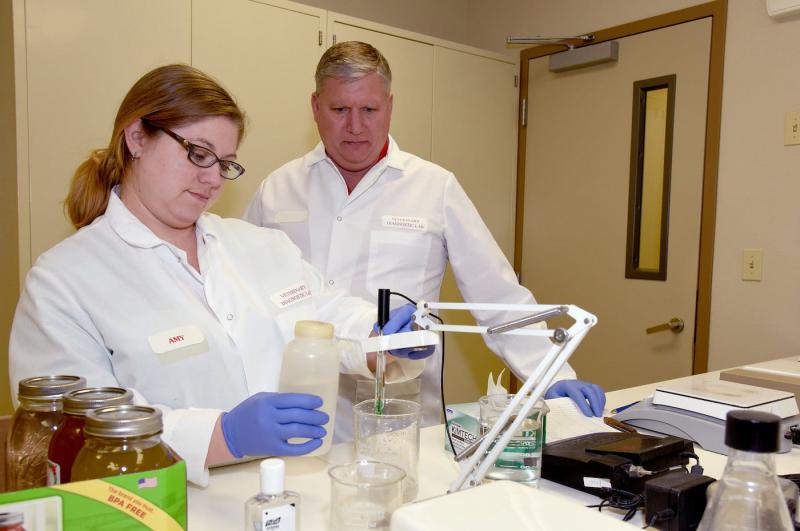Outbreaks and Diseases Put Pressure on the Industry
As the poultry industry continues to develop globally, disease outbreaks pose an increasing threat to profitability and supply. Highly pathogenic avian influenza, or bird flu, in particular has raised serious concerns in recent years. New and resurgent diseases challenge producers to protect flocks and minimize economic losses. Heightened biosecurity and accurate diagnostics are more crucial than ever.
Early Detection is Key to Control
Being able to rapidly identify diseases allows for quick responses that can stop their spread. The sooner problematic infections are discovered, the more contained they remain. Delayed or inaccurate diagnoses give illnesses more time to take hold within flocks. This significantly raises the risks of widescale outbreaks which require depopulating multiple barns. Rapid testing coupled with prompt treatment or quarantining of sick birds are important tools for maintaining health. Diagnostic technologies that produce results within a day are invaluable aids to outbreak management.
Multiple Objectives Drive Diagnostic Advancement
Growing needs for early and accurate detection are driving innovation in poultry diagnostics. Produce safety, public health concerns, export markets, and economic impacts all exert pressure on the industry. Tests must be fast, specific, sensitive, and suitable for different sample types. Point-of-care options coupled with lab capabilities expand testing capacity. Molecular methods now provide DNA-level disease identification. Advance warning helps prioritize flocks for vaccination based on regional disease threats. Ongoing diagnostic R&D targets emerging pathogens along with established issues like avian influenza and salmonellosis.
Routine Screening Supports Prevention
Beyond outbreak response, diagnostic testing plays an important routine role. Surveillance programs regularly screen flocks for subclinical infections which can pose contagion risks if left unchecked. Carrier birds may outwardly appear healthy yet still shed pathogens. Frequent random sampling allows producers to monitor flock health status over time. Abnormal test results indicate need for further investigation or preemptive treatment. Routine diagnostics coupled with stringent biosecurity create multiple barriers against disease entry and spread within poultry operations.
Economic Drivers Sustain Diagnostic Investment
As a major global industry, poultry production faces strong economic pressures to maximize efficiency and minimize losses from disease. The high costs of morbidity, mortality, and lost production capacity drive adoption of advanced testing technologies. Producers and integrators alike recognize diagnostics as a wise investment which pays dividends through more effective disease management. Near real-time testing minimizes downtime from suspected illness. Rapid results guide timely decisions about treatments, vaccinations, marketing or disposal of affected flocks. By reducing outbreak impacts, poultry diagnostics deliver significant return on investment for operators large and small. Ongoing diagnostic advancements and their economic benefits will remain priorities for the industry going forward.
In summary, accurate and rapid disease diagnostics are critical tools supporting the global poultry industry as outbreak challenges mount. Innovation responds to industry needs for early detection, care guidance, supply protection and optimized health management. Diagnostic technologies deliver value through more contained outbreaks and efficient production practices. As economics drive the industry, investment in diagnostic capabilities will continue growing in importance. Close collaboration between veterinary practitioners, producers and diagnostic service providers helps maximize poultry welfare, food safety and long term industry viability.
